

Prairie du Chien

Prairie du Chien
Prairie du Chien is a city in and the county seat of Crawford County, Wisconsin, United States. The population was 6,018 at the 2000 census.
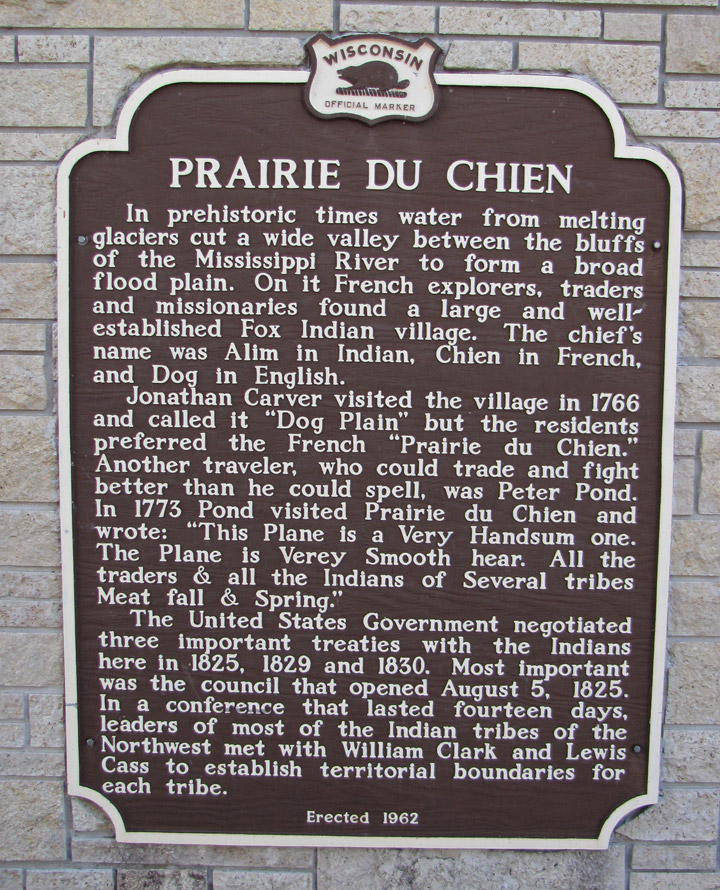
Often referred to as Wisconsin's second oldest city, Prairie du Chien was
established by French voyageurs in the late seventeenth century. The city is
located near the confluence of the Wisconsin and Mississippi Rivers, a strategic
point along the Fox-Wisconsin Waterway that connects the Great Lakes with the
Mississippi.
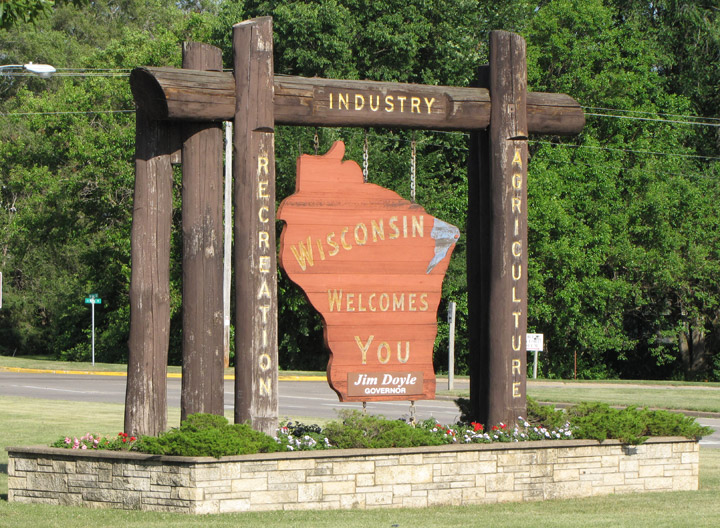
Western Gateway to Wisconsin
Early French visitors to the site found it occupied by a group of Fox Indians led by a chief whose name, Alim, meant "Chien" in French, or "Dog" in English. As a result, the French explorers named the location "Prairie du Chien", French for "Land of Dog". Originally this name applied only to the plain upon which the settlement is located, but it was later extended to mean the city as well. The city of Prairie du Chien is located between the Town of Prairie du Chien and the Town of Bridgeport. Though the origin of the name is French, its English pronunciation is "prairie doo sheen".
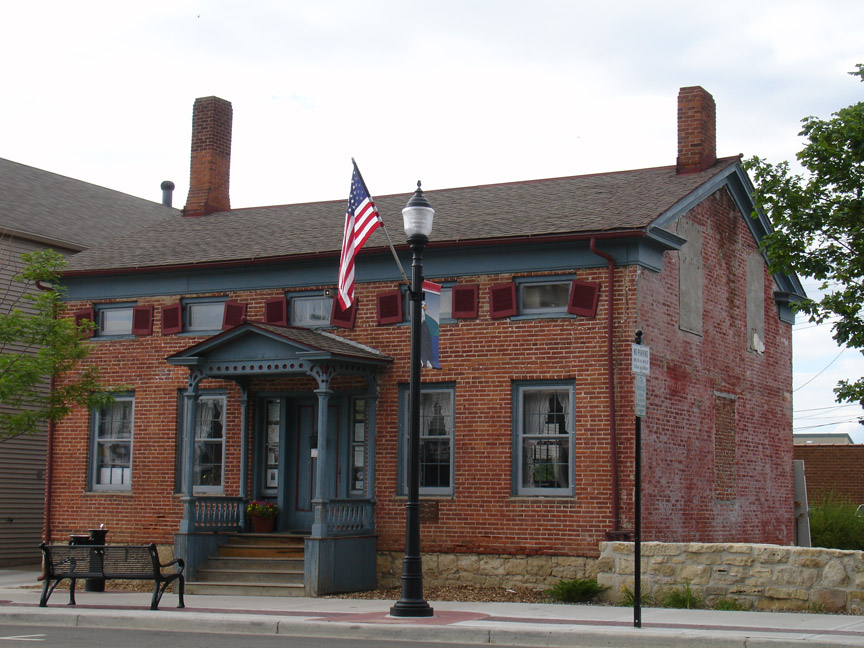
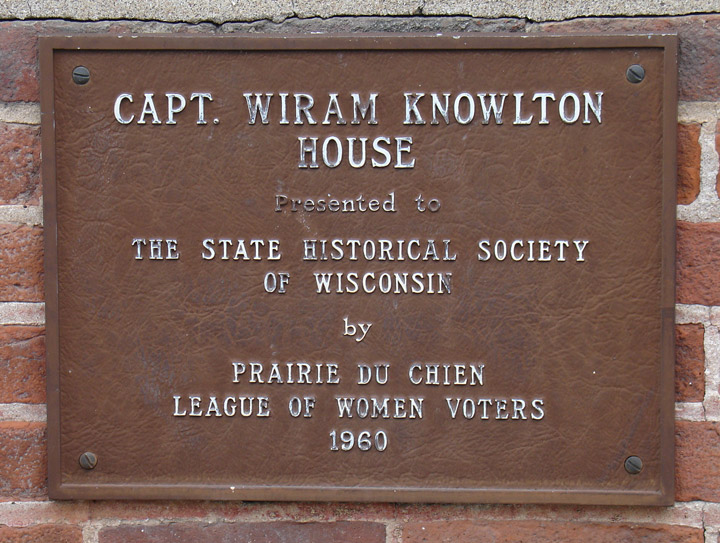

The first European visitors to reach Prairie du Chien were the French explorers
Jacques Marquette and Louis Joliet, who reached the city by canoe on June 17,
1673, and discovered a route to the Mississippi River. Much further travel
between French Canada and the Mississippi River passed through Prairie du Chien,
although routes via the Illinois River were also used. In 1685, the French
explorer Nicolas Perrot established a trading post in the area as part of the
massive French fur trade industry. The Astor Fur Warehouse became an important
building in the fur trade in Prairie du Chien. The significance of Prairie du
Chien as a center of the fur trade did not diminish until the mid-nineteenth
century.ury.
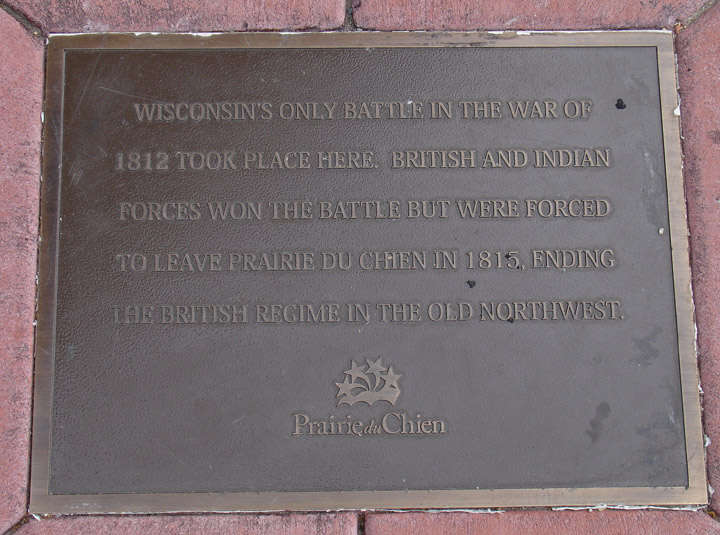
In 1763, Great Britain defeated France in the French and Indian War, and took
possession of the French territory in North America, including Prairie du Chien.
The British expanded the fur trade during their occupation of the area. During
the American Revolutionary War the city was used as meeting point for British
troops and their Native American allies. After the Treaty of Paris (1783)
granted the area to the new United States of America, the British and their
Loyalists were slow to withdraw. Only after the War of 1812 did the city become
fully American.
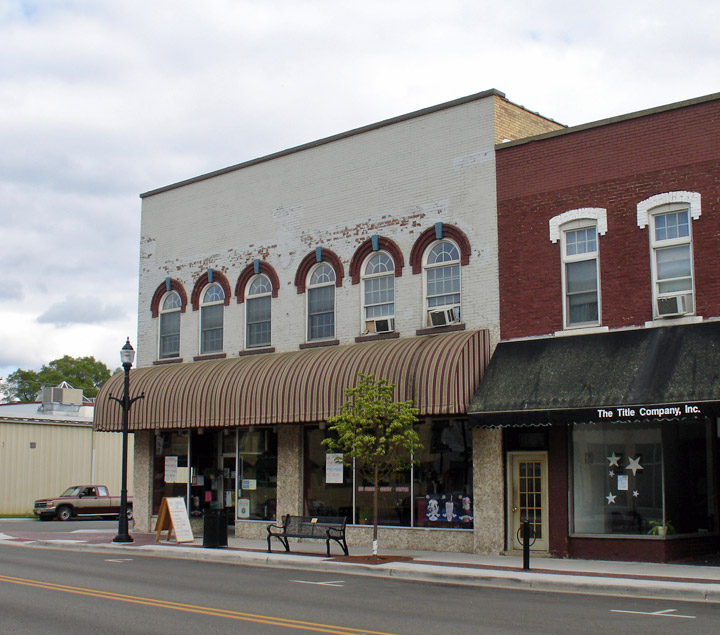

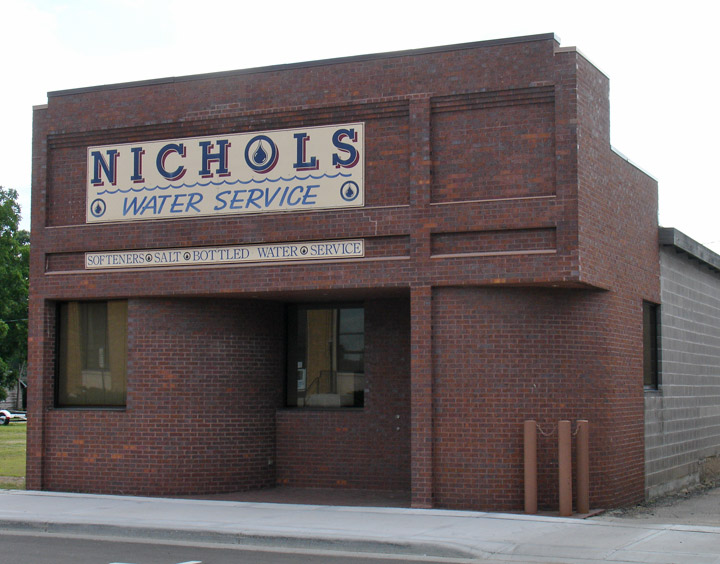
The U.S. was slow to present any authority over Prairie du Chien, but late in
the War of 1812 when the U.S. realized the importance of holding the site to
prevent British attacks from Canada, it began construction of Fort Shelby in
1814. In July, the fort was captured by British soldiers during the Battle of
Prairie du Chien. The British maintained control over the city until the war's
end in 1815. Not wanting another invasion through Prairie du Chien, the
Americans constructed Fort Crawford in 1816. The fort was the site of the Treaty
of Prairie du Chien (1825 and 1829).
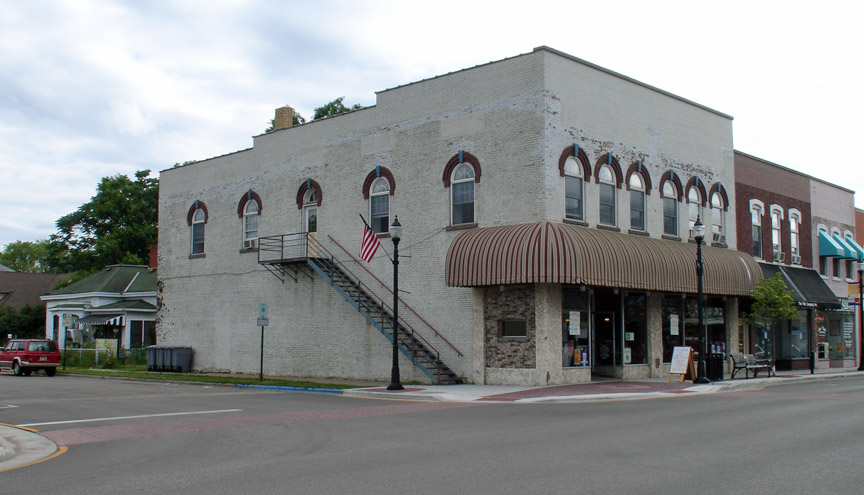
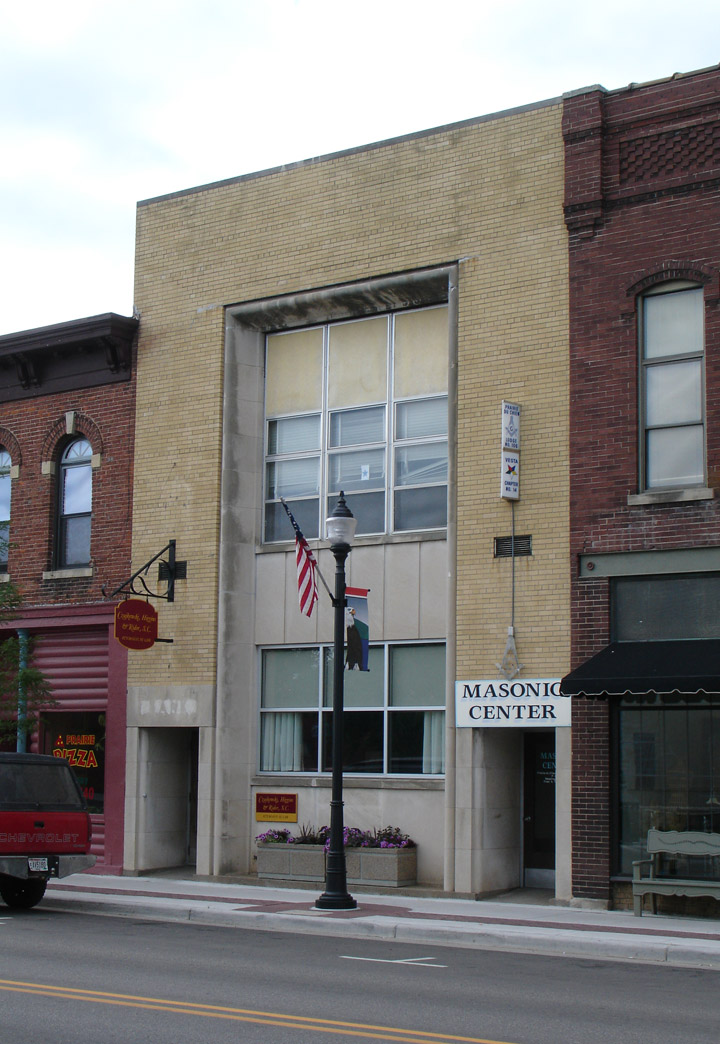
Masonic Centernter
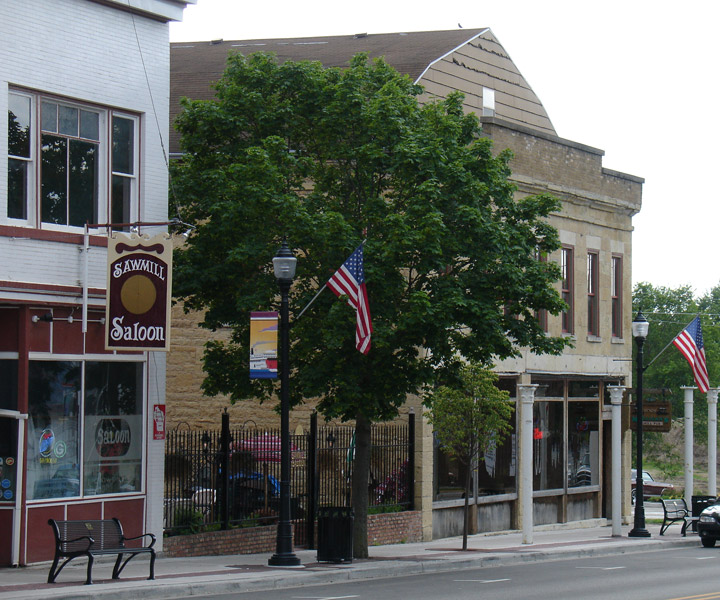
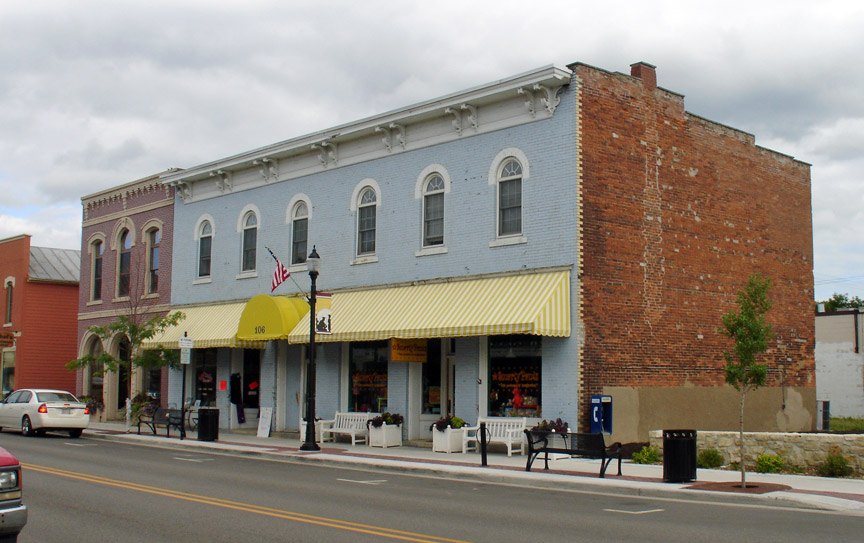
Col. Zachary Taylor, who later became the 12th U.S. President, was the
commanding officer at Fort Crawford during the Black Hawk War of 1832. Taylor
oversaw the surrender of Black Hawk in Prairie du Chien. Lt. Jefferson Davis,
who later became president of the Confederate States of America, was stationed
at Fort Crawford at the same time. It was at this fort that Jefferson Davis met
Zachary Taylor's daughter, Sarah "Knoxie" Taylor, whom he married in 1835.
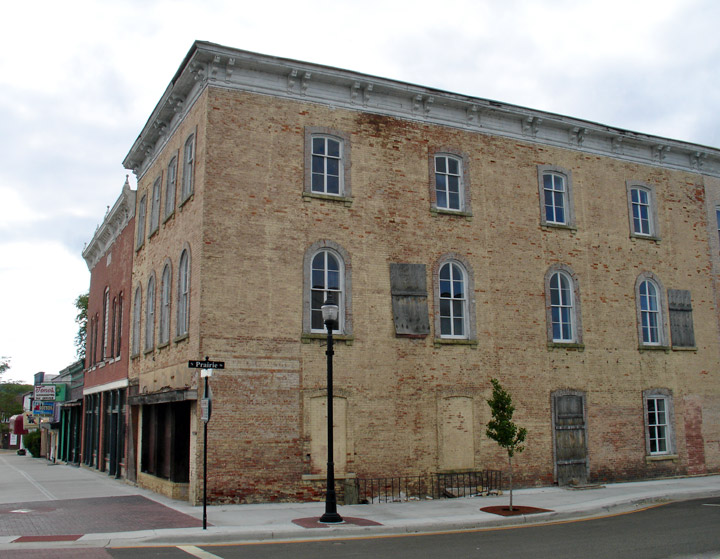
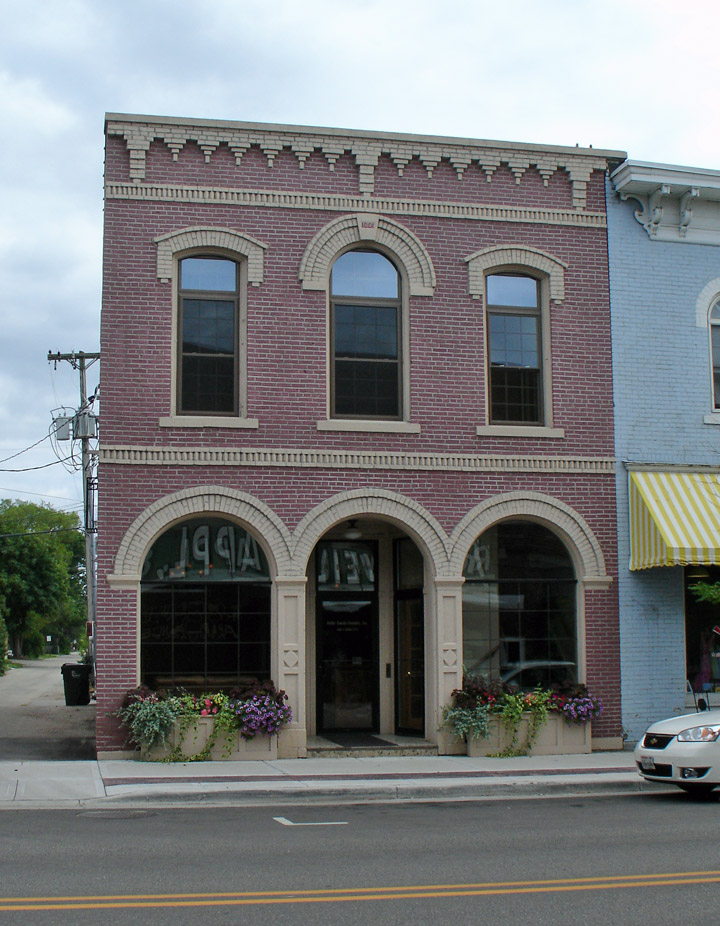
Outside the walls of the fort, early nineteenth century life in Prairie du Chien
was still dominated by the fur trade. Prairie du Chien's most well-known traders
during this time were Michel Brisbois, Joseph Rolette, Nathan Myrick, and
Hercules L. Dousman. Dousman established a fortune in the fur trade, which
combined with income from investments in land, steamboats, and railroads,
propelled him to become the first millionaire in Wisconsin. Dousman died in
1868, and his son, H. Louis Dousman, inherited much of his fortune. In 1870
Louis Dousman used his inheritance to construct a luxurious Victorian mansion
over the site of the former Fort Shelby. When Louis died unexpectedly in 1886,
his family renamed the home "Villa Louis"
in his memory. The Dousman family continued to occupy the home until 1913.
Nearly 40 years later, in 1952, the mansion became Wisconsin's first
state-operated historic site.

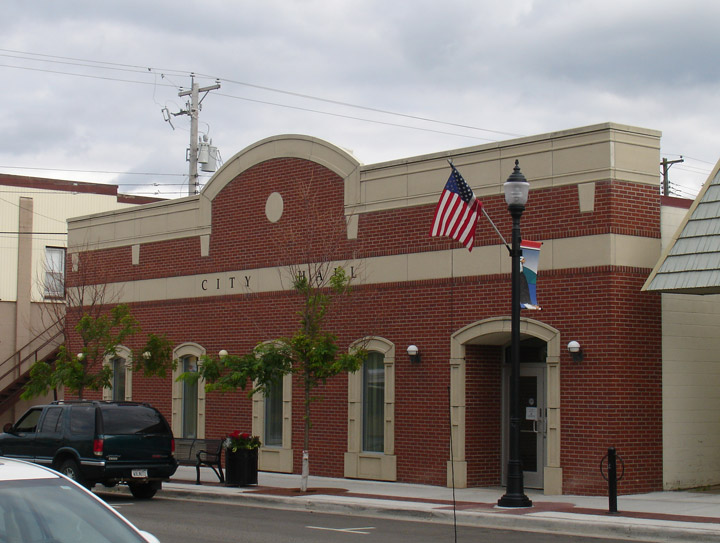
city hall

Post Office
After the fur trade declined in the mid-nineteenth century, Prairie du Chien's attention shifted to agriculture and the railroad. Although the city was first connected to the Milwaukee & Mississippi Railroad in 1857, the width of the Mississippi River posed a challenge for further expansion of the railroad into Iowa. This problem was temporarily solved by disassembling the trains at Prairie du Chien and ferrying them across the river to be put back on the tracks on the other side. A better solution was found by two men named Michael Spettel and John Lawler, who designed a permanent pontoon bridge to span the river in 1874. Lawler took most of the credit for this invention, and made a small fortune through its operation. Lawler later donated property to establish two Catholic boarding schools in Prairie du Chien, St. Mary's Institute (now Mount Mary College of Milwaukee), and Campion High School in the later part of the century. Campion High School produced several notable alumni including Vicente Fox, George Wendt, Congressman Leo Ryan, Governor Patrick Lucey, actors David Doyle and Kevin McCarthy, and writer Garry Wills. Campion was closed in 1975.
Text from Wikipedia
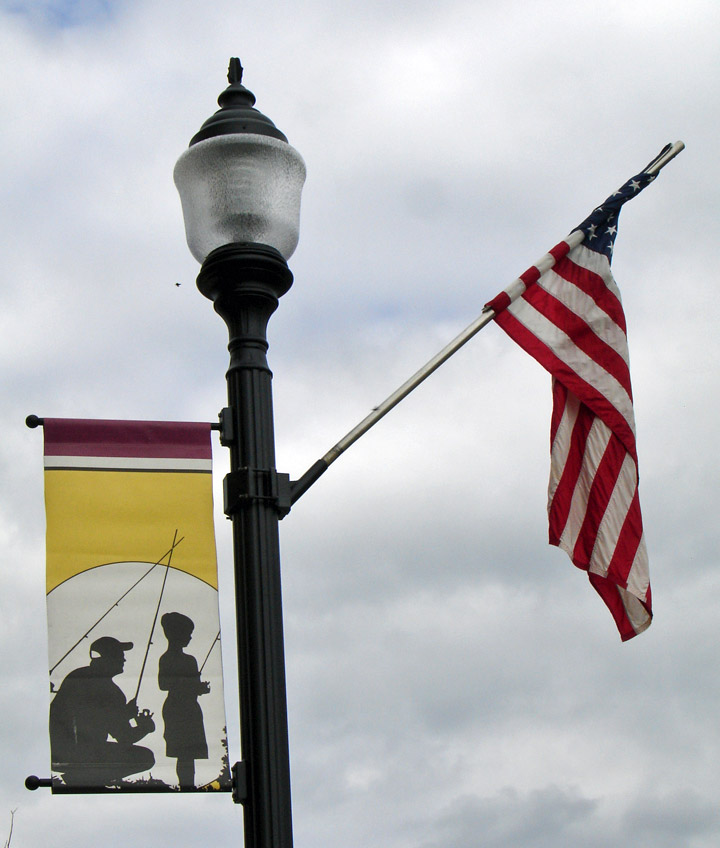
a city of fishing
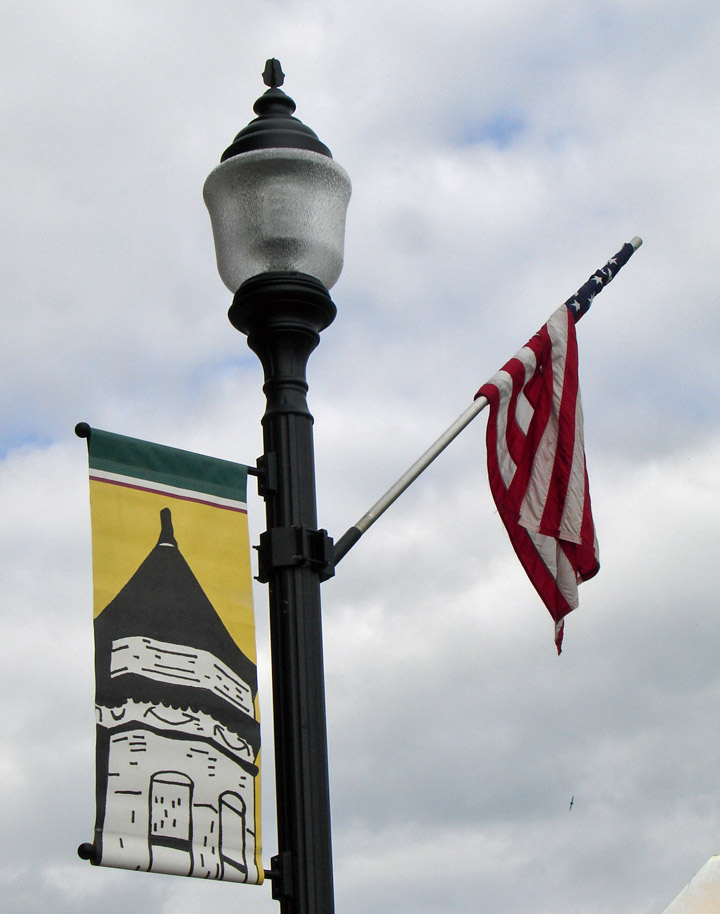
and history
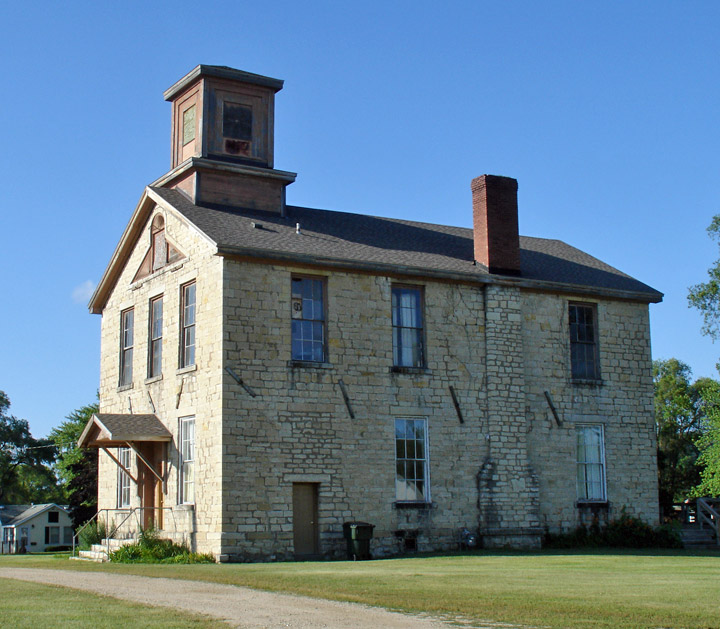
the past
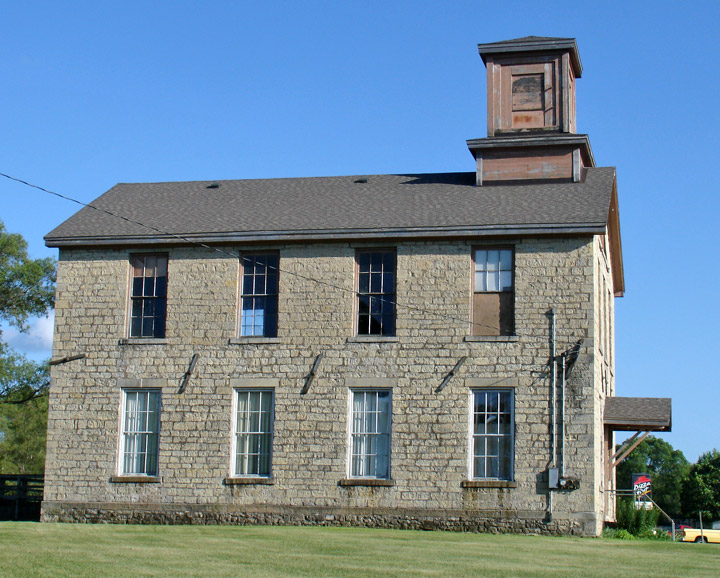
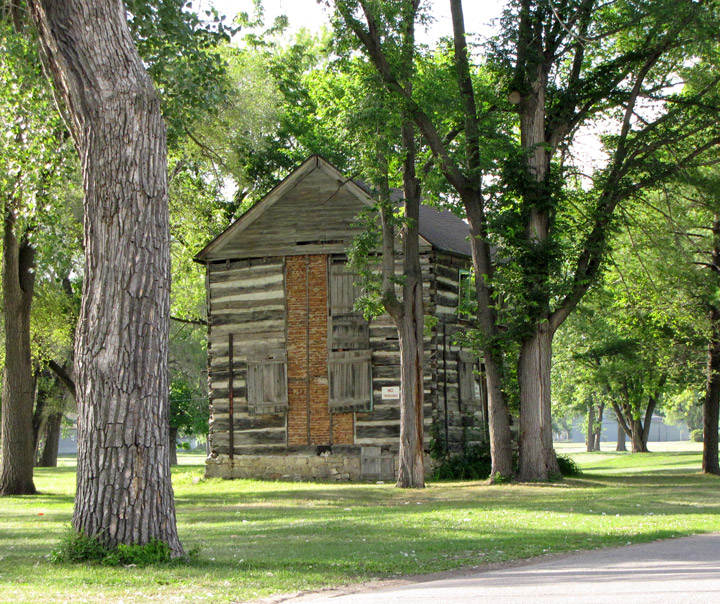
a log house in early Prairie du Chien
Photos from along the Mississippi
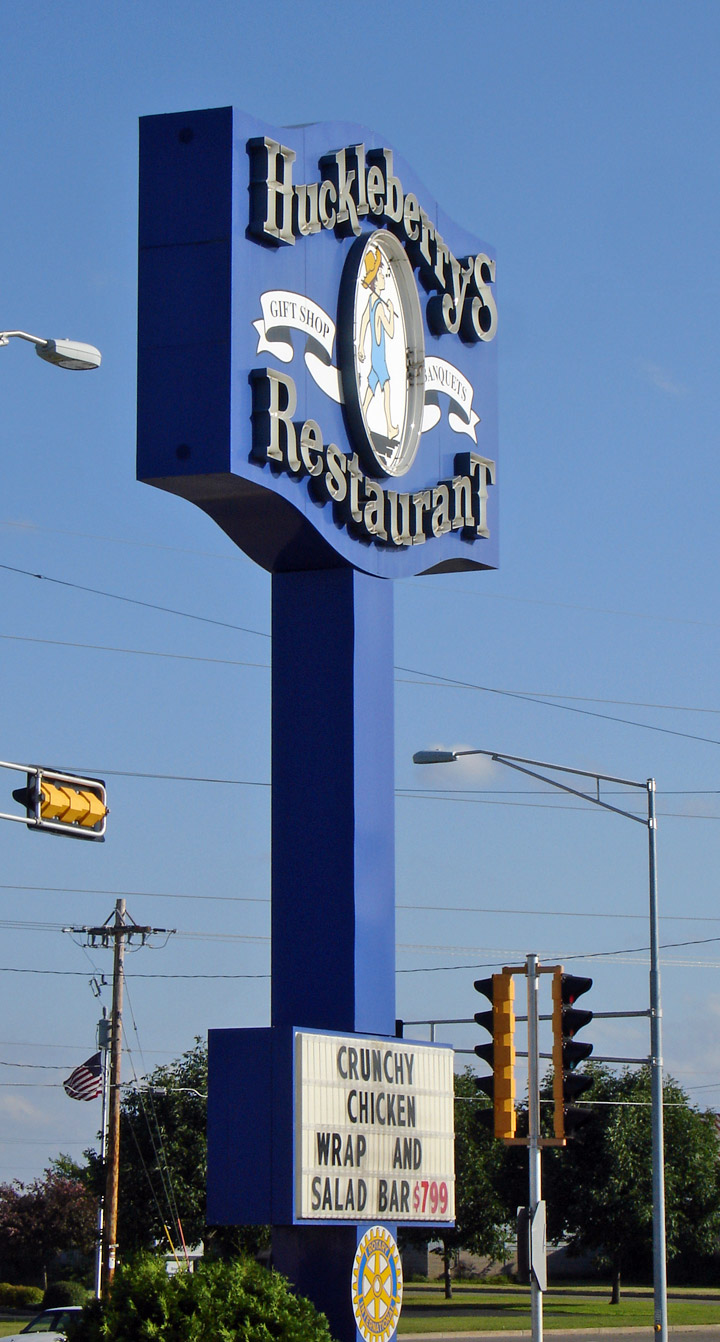
family restaurant

dog waiting for his master